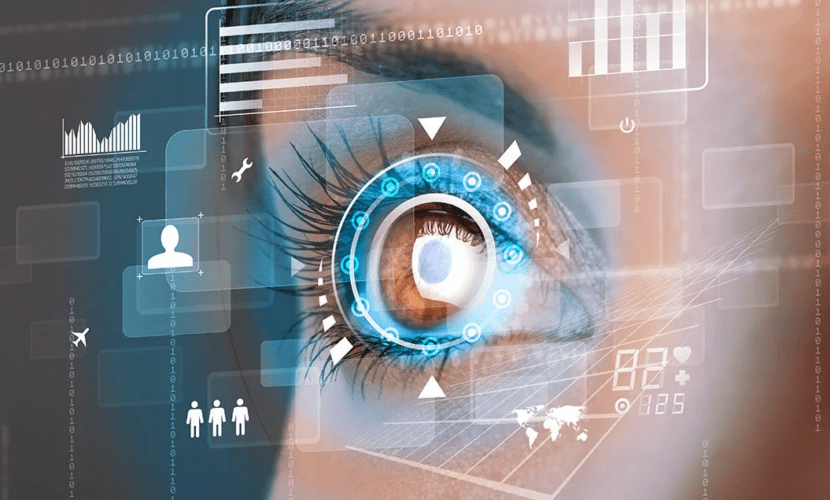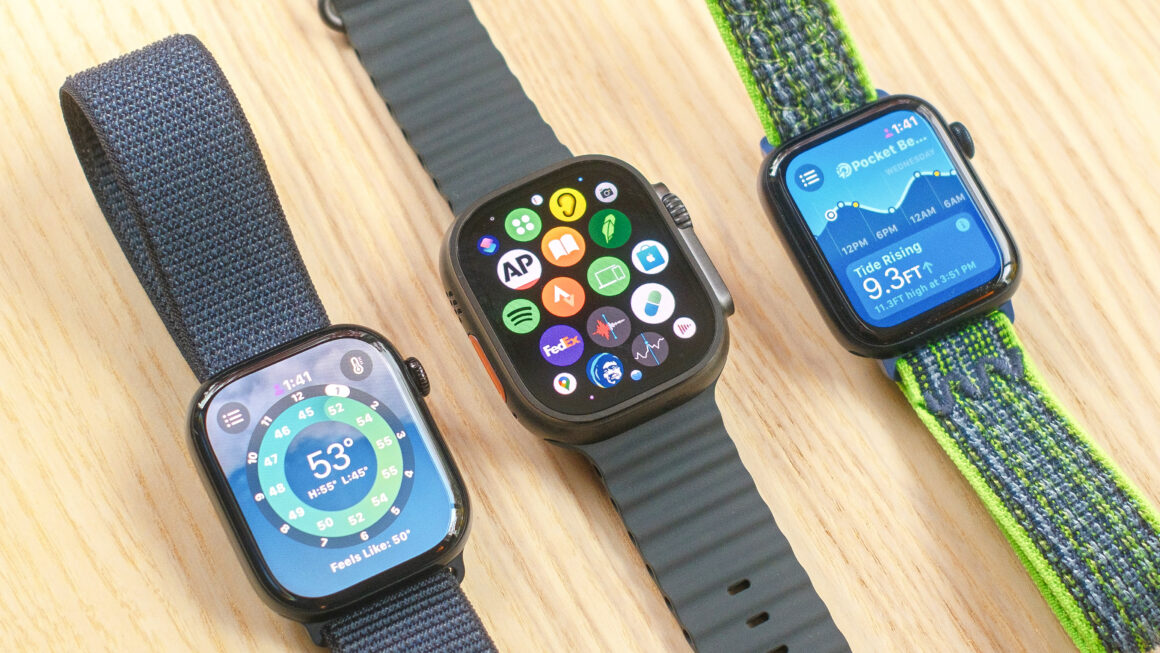Biometric authentication is the most commonly used method within corporations for various purposes, including security, attendance monitoring, and so on. Various biological features, including facial nodes, fingerprints, voice patterns, iris, and retina scans, are used to authenticate individuals through advanced technology. Among all, retina scan technology is an advanced form of biometric authentication that offers contact-less identity verification services and eliminates fraud attacks.
This blog post will highlight the unique working process of retina scanning technology and its role in fraud prevention, along with streamlined ID verification.
What Makes Retina Scan Unique from Other Biometric Authentications?
A retinal scan is the most reliable approach in biometric authentication as it maps unique patterns with a low-intensity light source. Scanners include a delicate sensor that examines retina blood vessels and evaluates them to confirm the identity of an individual. Retina patterns never change. They remain the same till death and offer more enhanced identity verification services.
Other biometric authentication methods, including fingerprints and voice prints, involve human effort. An individual has to get in physical contact with technology for a fingerprint biometric system. Similarly, the biometric voice recognition system directly involves human speech. On the other hand, retina scanning involves no physical touch and offers the most unique kind of service with quickness and accuracy. Additionally, with the rise of advanced technologies, including deepfake detection, biometric systems are becoming more essential in ensuring authenticity and security.
Role of Retina Scan in ID Verification and Fraud Prevention
The retina is located in the posterior segment and forms the innermost boundary. It is part of significant layers, including vascular choroid and fibrous sclera. It’s made up of ten layers of neurons, including photoreceptor cells, neuronal cells, and glial cells. The retina is usually red or orange in color due to the many blood vessels behind it. Due to its complex core formation, it is not easy to replicate the retina for the fraudsters. They can generate spoofed images and deepfakes, but retina duplication is an advanced level that is not easy to handle. Hence, retina scanning offers enhanced security and identity verification services. Scanners capture images of the retina, and pre-trained algorithms become active and cross-match it with the database to verify the relevant entity.
In the case of spoofed images and deepfakes, scanners automatically analyze capillary patterns and compare them with relevant databases. It figures out and identifies the nature of the provided proof. Hence, retina recognition works in fraud prevention and secures organizations from fraudsters’ advanced tactics.
How Does a Retina Scanner Work?
Retina scanners work along with pre-trained artificial intelligence algorithms, which are responsible for automated cross-checking and validation. This biometric authentication technology uses a low-intensity light source to visualize tiny capillaries or veins of the retina.
It works in the following steps:
An individual has to be at a distance of 2-4 inches from the scanner. It throws mainly green light on the eye to visualize retina patterns which are clusters of blood vessels to recognize them. This recognition process takes up to 15 seconds for the whole process.
The human eye has to be constant and focused at one point during the scanning process. Movement of the eye may lead to error, and it is most important to avoid bink during the verification process.
Finally, the validation step comes after the recognition and analysis of retina patterns. Automated algorithms process the cross-matching phase by comparing retina patterns with the database. It ensures the authenticity and authorization of the individual.
How Accurate is Retina Recognition?
Retina patterns are groups of tiny blood vessels that are infallible for being secure from replication. It serves as the most reliable and accurate biometric authentication gateway. Other biometrics are less complex, such as facial nodes, and at the stance of spoofing. With the usage of machine learning technology, fraudsters generate 3D images that seem real, but retina patterns are difficult to replicate. Retina recognition has 70 times more accurate results than other biometric systems. Each person has a unique retinal pattern of blood vessels that is highly stable throughout their life. Its complexity offers enhanced security and verification.
Growing cyber attacks require robust security protocols. Fraudsters’ advanced tactics are necessary to tackle with reliable and up-to-date security methods. Retina scanning is best in this regard for its uniqueness, accuracy, and contactless identity verification service.
Final Words
Biometric security systems involve various biological traits such as face prints, voice patterns, iris, and retina. Among all, retina scanning provides more accurate results for identity verification due to its complex patterns. Retina patterns include tiny veins, which are difficult to replicate and work as the most reliable biological feature for biometric security. Additionally, liveness detection plays a crucial role in ensuring the authenticity of the biological traits by distinguishing real, live inputs from fraudulent attempts like photos or masks. The working process of a retina scanner involves a beam of light to visualize patterns and recognize them through machine learning and artificial intelligence pre-trained algorithms.



